The Power Of Accent Colors
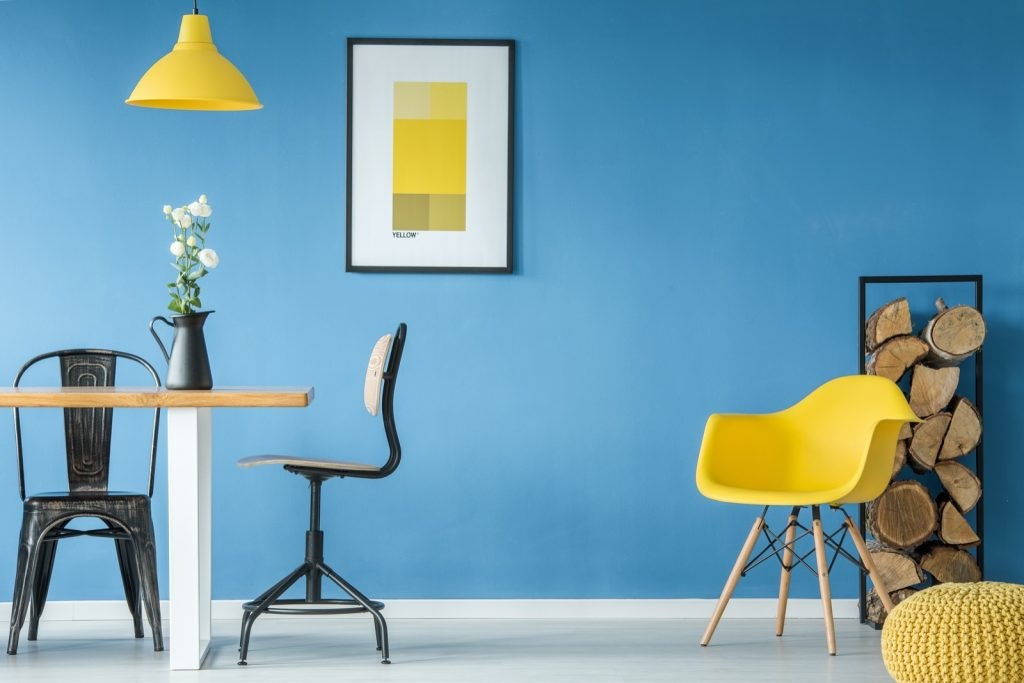
Adding A Pop Of Personality To Your Rooms
Looking to give your rooms a burst of personality? Discover the power of accent colors! In this article, we’ll show you how to add a pop of vibrancy to your space.
From understanding the basics of accent colors to choosing the right color palette, we’ll guide you through the process step by step. Learn how to accentuate key features, define different zones, and create depth in your space.
Whether you prefer bold or subtle, we have tips for all design styles. Get ready to transform your rooms with accent colors!
Key Takeaways
- Accent colors are vibrant and contrasting shades used to highlight elements in a space.
- Understanding accent colors helps create a visually appealing and cohesive look.
- Incorporating accent colors can be done through furniture, accessories, or feature walls.
- Using accent colors sparingly prevents overwhelming the space.
Understanding the Basics of Accent Colors
Understanding the basics of accent colors can help you add a pop of personality to your rooms. Accent colors are vibrant and contrasting shades that are used to highlight certain elements in a space. They can be incorporated through various elements such as furniture, accessories, or even a feature wall.
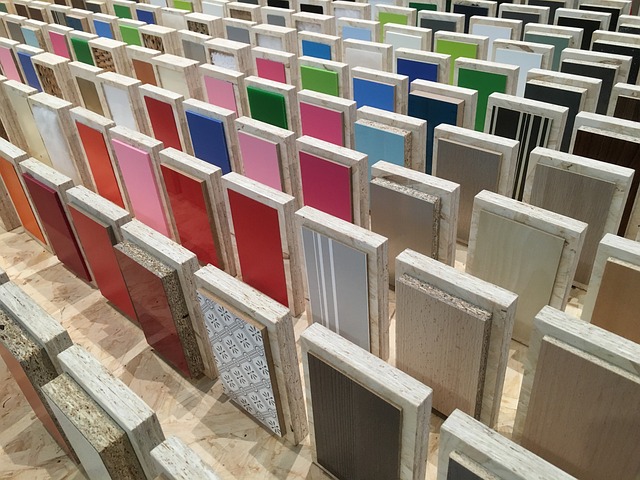
By understanding the basics of accent colors, you can create a visually appealing and cohesive look in your rooms. One important aspect to consider is the color wheel, which shows how colors relate to each other. Complementary colors, which are opposite each other on the wheel, can create a striking effect.
Additionally, using accent colors sparingly can make a big impact and prevent your space from looking overwhelming. So, take some time to understand the basics of accent colors and unleash your creativity in transforming your rooms.
Choosing the Right Color Palette for Your Space
When selecting the perfect color palette for your space, it’s important to consider the overall mood and atmosphere you want to create. The colors you choose will greatly impact the feel of the room, so take some time to think about the emotions you want to evoke.
Here are a few tips to help you choose the right color palette:
- Start with a neutral base: Neutral colors like white, beige, or gray can create a calm and soothing backdrop for your space.
- Add pops of color: Choose one or two accent colors that will bring personality and vibrancy to the room. These can be bold and vibrant or subtle and muted, depending on the overall look you want to achieve.
- Consider the lighting: Take into account the natural and artificial lighting in the room, as it can greatly affect how colors appear.
Accentuating Key Features and Furniture
When it comes to designing your space, there are several key points to consider.
First, highlighting architectural details can bring a unique charm and character to your home.
Second, enhancing furniture and accessories can elevate the overall aesthetic and create a cohesive look.
Lastly, creating focal points can draw attention to specific areas and serve as a visual anchor for the room.
Highlighting Architectural Details
To highlight architectural details, you can use accent colors to bring out the unique features of your rooms.
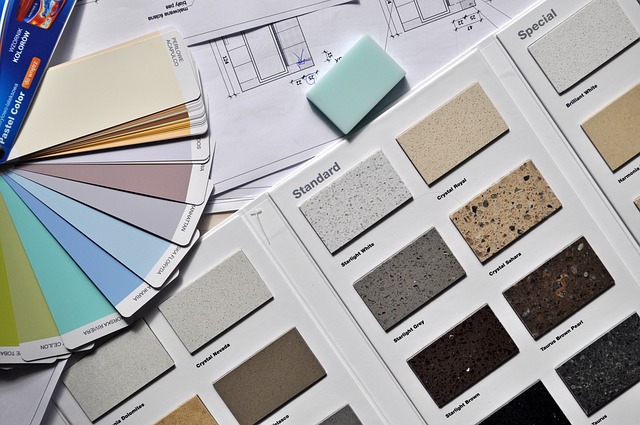
By strategically selecting bold or contrasting colors, you can draw attention to the beautiful architectural elements that make your space special.
For example, if you have intricate moldings or trim on your walls, consider painting them in a vibrant hue that complements the overall color palette of the room. This will make these details stand out and become a focal point of the space.
Additionally, using accent colors on features like doors, windows, or even exposed brick walls can create a striking visual impact.
Enhancing Furniture and Accessories
Enhancing furniture and accessories can be achieved by carefully selecting pieces that complement the overall style and color scheme of your space.

When choosing furniture and accessories, consider the mood you want to create in each room. For example, if you want a cozy and inviting living room, opt for a plush sofa in a warm neutral color and add accent pillows in rich, deep tones.
To bring a touch of elegance to your dining area, select a sleek table with matching chairs in a sophisticated shade like navy blue or charcoal gray.
Don’t forget about accessories like lamps, rugs, and artwork. These small details can make a big difference in tying the room together.
Creating Focal Points
Creating focal points in your space can be achieved by strategically placing eye-catching elements that draw attention and add interest to the room.
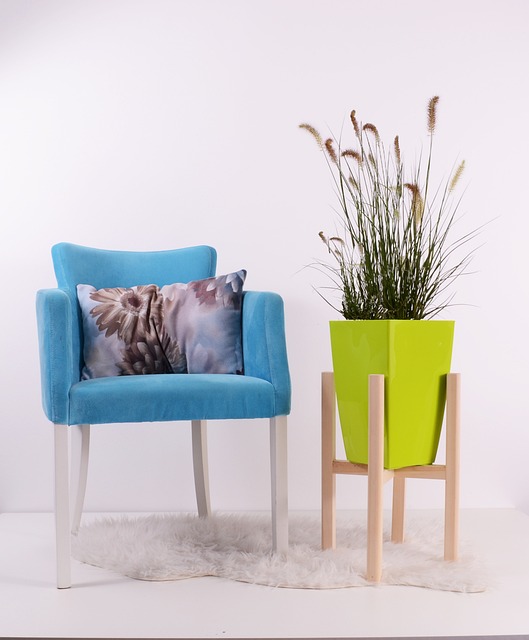
One effective way to create a focal point is by using accent colors. By incorporating vibrant hues into your design scheme, you can instantly add a pop of personality to your rooms. Consider painting one wall in a bold and contrasting color to make it stand out.
Another option is to use colorful artwork or decorative pieces as focal points. Hang a captivating painting or display a unique sculpture to instantly draw attention.
Additionally, you can use colorful furniture or statement pieces like a vibrant rug or a brightly colored chair to create a focal point. Remember, the key is to choose elements that catch the eye and add visual interest to your space.
Using Color to Define Different Zones
Highlighting different zones with color can easily define separate areas in your rooms. By strategically using accent colors, you can create distinct spaces that serve different purposes within a single room.
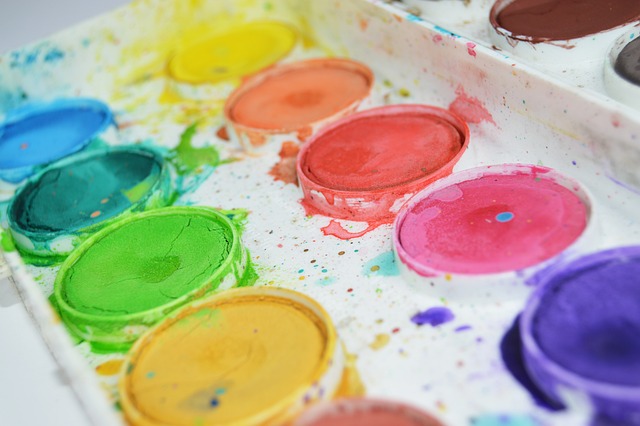
Here’s how you can use color to define different zones:
- Choose a color scheme: Select a main color for the room and then pick accent colors that complement it. This will help create a cohesive look throughout the space.
- Use color to delineate areas: Paint one wall or a section of a wall with an accent color to visually separate one zone from another. For example, you can paint the dining area wall with a bold color to distinguish it from the living area.
- Employ color through furniture and accessories: Incorporate accent colors through furniture pieces, rugs, curtains, and decorative items. This will further enhance the definition of each zone and add pops of personality to your rooms.
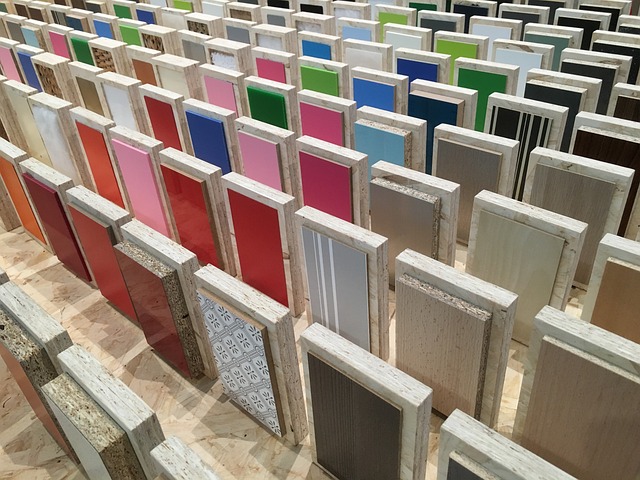
Adding Depth and Dimension to Your Space
To give your space a sense of depth and dimension, consider using different textures and layering materials in your furniture and decor choices.
Incorporating various textures can instantly elevate the visual appeal of your room. Mix and match smooth surfaces with rough ones, such as pairing a plush velvet sofa with a rustic wooden coffee table. Experiment with different fabrics like linen, leather, or silk to add depth to your upholstery and curtains.
Additionally, layering materials can create a visually engaging space. Add a cozy woven throw blanket over a leather armchair or place a sleek glass vase on top of a textured wooden side table.
Using Accent Colors to Highlight Artwork and Décor
When it comes to showcasing your paintings and photographs, using accent colors can bring them to life and make them stand out. By choosing a complementary color for the wall behind your artwork, you can create a visually stunning display that draws attention to the beauty of the pieces.
Additionally, accentuating sculptures and collectibles can be achieved by strategically placing them in well-lit areas and using colors that enhance their features.
Showcasing Paintings and Photographs
Adding accent colors can really bring out the vibrancy and depth of your paintings and photographs. By strategically incorporating pops of color, you can enhance the overall visual impact of your artwork and create a captivating focal point in your space.
Consider using bold and contrasting hues to draw attention to specific elements or to create a sense of harmony and balance within your compositions. For example, a vibrant red accent color can add drama and energy to a black and white photograph, while a splash of blue can bring out the cool tones in a serene landscape painting.
Experiment with different color combinations and placement to find the perfect balance that showcases your artwork in the most captivating way.
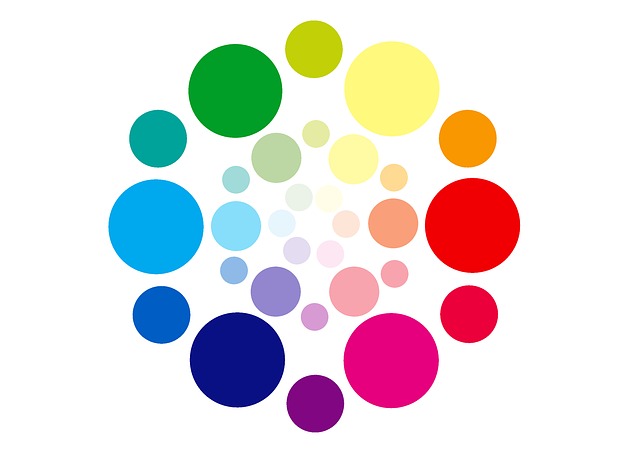
Accentuating Sculptures and Collectibles
Now that you’ve learned how to showcase your paintings and photographs, let’s explore another way to add a pop of personality to your rooms: accentuating sculptures and collectibles.
By strategically placing these three-dimensional pieces, you can create visual interest and highlight your unique taste. Consider placing a sculpture on a mantle or a bookshelf to draw attention to it.
Arrange your collectibles on a floating shelf or a shadow box to create a curated display. Use accent lighting to further enhance the beauty of these art pieces.
Whether it’s a stunning sculpture or a cherished collectible, incorporating them into your room’s design will not only add character but also become a great conversation starter.
So go ahead, let your sculptures and collectibles shine, and watch as they transform your space into a true reflection of your personality.
Complementing Existing Décor
To complement your existing décor, consider incorporating sculptures and collectibles that align with the overall style and theme of your space. These unique pieces can add an extra touch of personality to your rooms, making them truly stand out.
Whether you prefer modern and minimalistic designs or a more traditional and ornate look, there are sculptures and collectibles available to suit every taste. Look for pieces that echo the colors, textures, and patterns already present in your room, creating a cohesive and harmonious aesthetic.
A sleek and abstract sculpture can bring a contemporary edge to a modern space, while a vintage collectible can add a touch of nostalgia to a traditional room. By carefully selecting and placing these decorative elements, you can enhance the beauty and character of your existing décor.
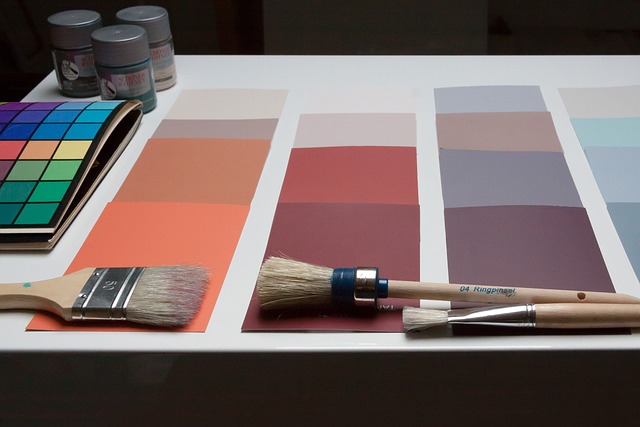
Creating a Cohesive Color Scheme Throughout Your Home
When it comes to creating a cohesive color scheme throughout your home, you want to focus on connecting rooms with a consistent palette. This means selecting colors that flow seamlessly from one space to another, creating a sense of unity and harmony.
Transitioning colors seamlessly can be achieved by using shades and tones within the same color family, allowing for a smooth and effortless flow between rooms.
Additionally, incorporating accent colors in different ways can add interest and personality to your home, whether it’s through furniture, accessories, or artwork.
Connecting Rooms with a Consistent Palette
If you want to connect your rooms with a consistent palette, try using accent colors to add a pop of personality. By incorporating accent colors throughout your home, you can create a cohesive and harmonious flow that ties all the spaces together.

Here’s how you can do it:
- Choose a primary color: Start by selecting a dominant color that will serve as the base for your palette. This color will be the main theme running through all the rooms, providing a sense of unity.
- Introduce accent colors: Once you have your primary color, bring in accent colors to inject vibrancy and character into each room. These can be used sparingly through accessories, artwork, or even furniture pieces.
- Coordinate with neutrals: To maintain a cohesive look, pair your accent colors with neutral tones such as whites, grays, or beiges. This will help balance out the vibrancy of the accent colors and create a visually pleasing balance.
- Repeat the colors: To reinforce the connection between rooms, repeat your accent colors in different spaces. This repetition will create a visual rhythm and enhance the overall flow of your home.
Transitioning Colors Seamlessly
Transitioning colors seamlessly is all about finding the right balance and creating a harmonious flow throughout your home.
When you want to change the color scheme from one room to another, it’s important to consider the overall aesthetic and the mood you want to convey.
Start by choosing a dominant color that will be present in both rooms. This will create a sense of continuity and connection.
Then, introduce accent colors that complement the dominant color and add a pop of personality to each room. You can do this through accessories, furniture, or even a feature wall.
Remember to use colors that work well together and create a cohesive look.
Incorporating Accent Colors in Different Ways
Now that you’ve learned how to seamlessly transition colors in your home, let’s explore different ways to incorporate accent colors and add a pop of personality to your rooms.
One way to do this is by using accent pillows. Choose vibrant, contrasting colors that complement your existing color scheme. Place them strategically on your couch or bed to instantly liven up the space.
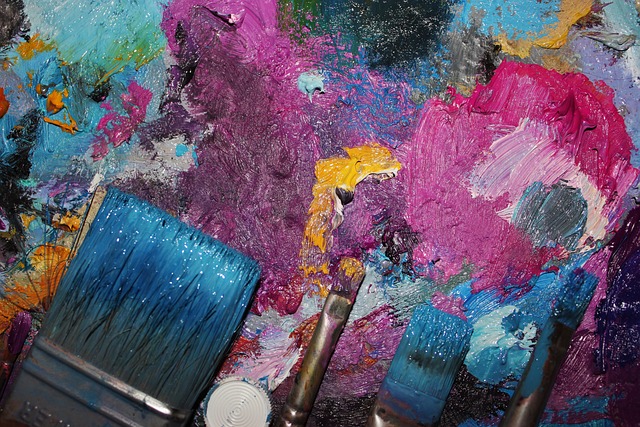
Another option is to hang colorful artwork on your walls. This not only adds visual interest but also creates a focal point in the room.
Additionally, you can bring in accent colors through smaller decorative items like vases, candles, or even a statement rug.
Incorporating Accent Colors in Different Types of Rooms
To incorporate accent colors in different types of rooms, you can start by choosing a bold shade that complements the existing color scheme.
In the living room, for example, you can add a vibrant accent color through throw pillows or a statement piece of artwork. This will instantly liven up the space and create a focal point.
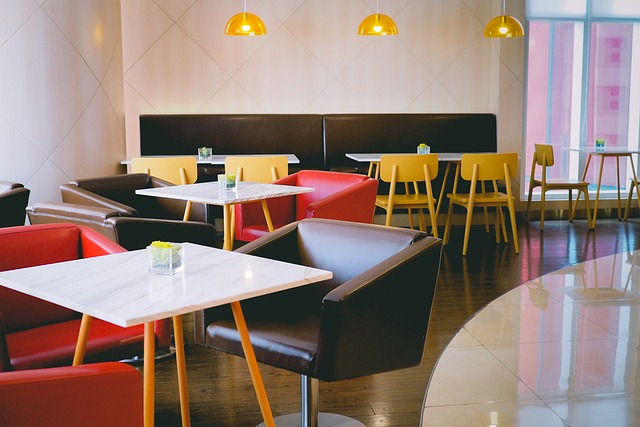
In the bedroom, you can incorporate accent colors through bedding, curtains, or even a colorful rug. This will add a touch of personality and create a cozy atmosphere.
In the kitchen, you can introduce accent colors through accessories such as a colorful backsplash, vibrant utensils, or even a bold accent wall. This will bring visual interest and make the space feel more inviting.
Balancing Bold and Subtle Accent Colors
When it comes to adding accent colors to your space, you have the option to make a bold statement. Using bold colors as statement pieces can instantly draw attention and create a focal point in the room.
On the other hand, if you prefer a softer look, incorporating subtle accents can add a touch of elegance and sophistication.
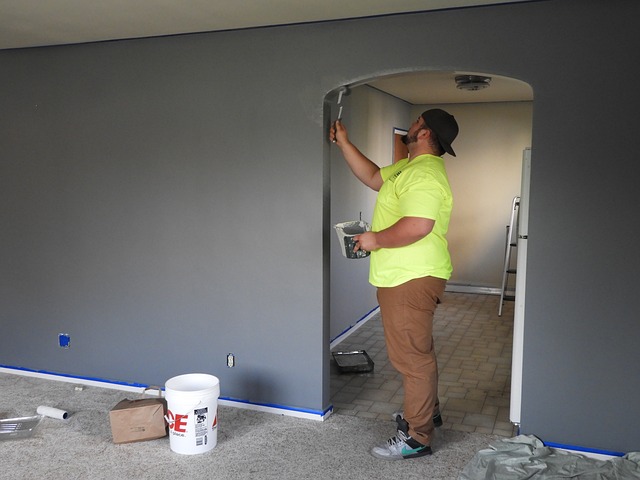
However, for a balanced and harmonious design, consider combining both bold and subtle accents to create a dynamic and visually appealing space.
Using Bold Colors as Statement Pieces
Using bold colors in your room can instantly create a statement piece that showcases your unique personality. Whether it’s a vibrant red accent wall or a bold yellow sofa, these bold colors can add a sense of energy and excitement to your space.
By incorporating bold colors into your room, you can make a bold and confident statement. Consider adding a bold color to a focal point in your room, like a piece of furniture or a wall, to draw attention and create a wow factor.
Don’t be afraid to experiment with different bold colors and see how they can transform your room into a reflection of your personal style.

Incorporating Subtle Accents for a Softer Look
For a softer look in your space, consider incorporating subtle accents such as muted pastel tones or delicate patterns.
These gentle touches can bring a sense of tranquility and elegance to any room. Opt for soft blues, blush pinks, or pale greens to create a calming atmosphere. These muted pastel tones will add a touch of sophistication without overwhelming the space.
Additionally, consider incorporating delicate patterns like floral prints or subtle stripes. These patterns can add visual interest without being too bold or overpowering. Whether it’s through a pastel-colored throw pillow, a patterned accent chair, or a soft-hued area rug, these subtle accents will create a harmonious and inviting environment in your home.
Combining Bold and Subtle Accents for Balance
To achieve a balanced look, it’s important to combine bold and subtle accents in your space. Adding bold accents can bring excitement and personality to your room, while subtle accents create a sense of harmony and sophistication.
Start by selecting a color palette that includes both bold and subtle shades. For example, you could choose a bold accent color for your furniture or statement pieces, and then incorporate subtle accents through accessories like throw pillows or artwork.
Another option is to use bold accents on one wall or in smaller doses, while keeping the rest of the space more neutral. By combining both bold and subtle accents, you create a visually interesting and well-rounded space that reflects your personal style.
Accent Colors for Different Design Styles
When it comes to designing modern and contemporary spaces, you want to focus on clean lines, minimalism, and a sleek aesthetic.
Think of using a neutral color palette with pops of bold accent colors to create a statement.
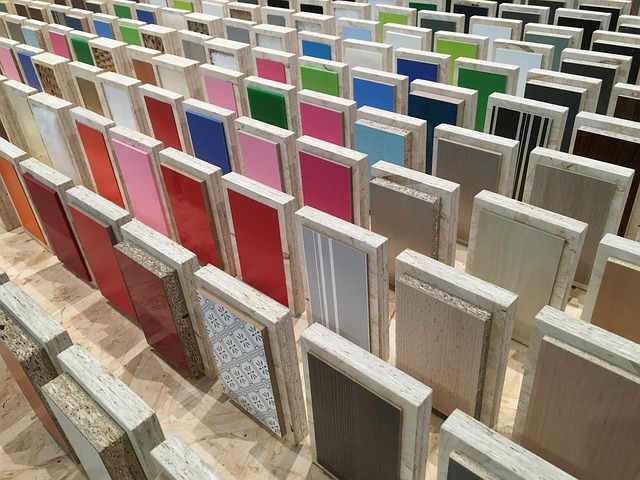
On the other hand, if you prefer traditional and classic décor, opt for rich and warm hues, elegant furniture pieces, and intricate patterns that exude timeless charm.
Lastly, for those who love an eclectic and bohemian vibe, embrace a mix of colors, textures, and patterns to create a unique and vibrant space that reflects your free-spirited personality.
Modern and Contemporary Spaces
Adding an accent color can instantly modernize and enliven contemporary spaces. By incorporating a bold and vibrant hue into your modern interior design, you can create a striking focal point that adds personality and visual interest to the room. To help you choose the perfect accent color for your contemporary space, here’s a table showcasing four popular options:
| Accent Color | Effect on Contemporary Spaces |
|---|---|
| Teal | Adds a refreshing and energetic vibe |
| Mustard Yellow | Creates a warm and inviting atmosphere |
| Coral | Provides a pop of brightness and playfulness |
| Navy Blue | Adds a sense of sophistication and depth |
Whether you decide to go with a cool or warm accent color, remember to balance it with neutral tones to maintain a clean and streamlined look. So go ahead, experiment with accent colors and transform your contemporary space into a stylish and vibrant oasis.
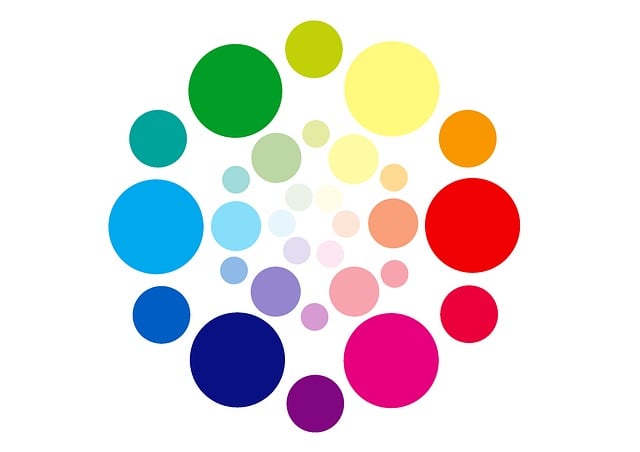
Traditional and Classic Décor
If you want to achieve a traditional and classic décor, consider incorporating timeless furniture pieces and elegant details into your space.
Start by choosing furniture with classic silhouettes and rich, dark finishes. Opt for pieces made of high-quality materials like hardwood and leather, as these will stand the test of time. Look for ornate details such as carvings, turned legs, and antique-inspired hardware to add a touch of elegance to your furniture.
In terms of color palette, stick to neutral tones like creams, beiges, and browns for a timeless look. To complete the classic feel, incorporate decorative elements like crown molding, wainscoting, and chandeliers.
Eclectic and Bohemian Designs
To achieve an eclectic and bohemian design, embrace bold patterns, mix different textures, and incorporate a variety of unique and unconventional furniture pieces. This style allows you to express your individuality and create a space that reflects your personality.
Here are some tips to help you achieve a truly eclectic and bohemian look:
- Mix and match patterns: Don’t be afraid to combine different patterns, such as geometric prints with floral motifs or tribal designs with paisley.
- Play with textures: Incorporate a variety of textures, such as velvet, leather, and woven fabrics, to add depth and visual interest.
- Embrace unconventional furniture: Look for one-of-a-kind pieces, like vintage finds or handmade items, to add character and charm to your space.
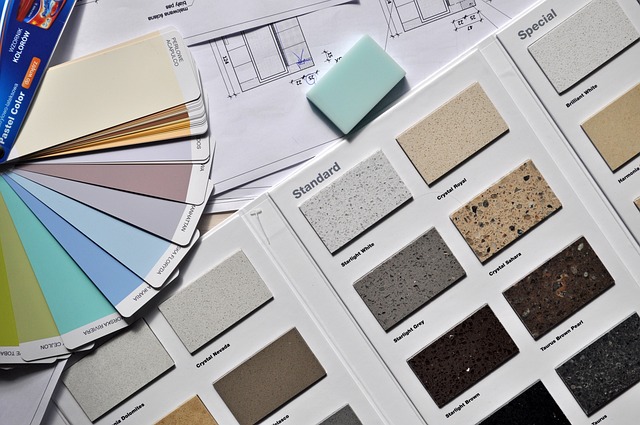
DIY Projects and Ideas for Adding Accent Colors
You can easily find inspiration for DIY projects and ideas to incorporate accent colors into your rooms.
Whether you’re looking to add a splash of color to your living room or a vibrant accent wall in your bedroom, there are plenty of resources available to spark your creativity.
Websites like Pinterest and Instagram are great places to start, with countless photos and tutorials to guide you along the way.
You can also visit local home improvement stores for paint swatches and color inspiration.
Additionally, interior design blogs and magazines offer a wealth of ideas to help you transform your space.
Don’t be afraid to experiment and have fun with different colors and patterns.
With a little imagination and some DIY know-how, you can easily add a pop of personality to your rooms.
Final Tips and Considerations for Using Accent Colors
When considering using accent colors, it’s important to remember that they can create visual interest and enhance the overall aesthetic of a space. Here are some final tips and considerations to keep in mind:
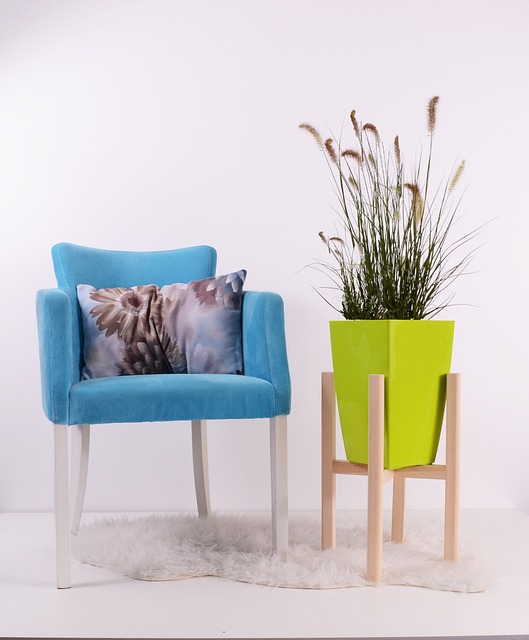
- Balance: Ensure that the accent colors are balanced with the rest of the room’s color scheme. Too many bold accents can be overwhelming, while too few may not make an impact.
- Placement: Consider where to incorporate accent colors. They can be used on statement walls, furniture pieces, or accessories like throw pillows and artwork.
- Complementary colors: Choose accent colors that complement the existing colors in the room. This can create a harmonious and cohesive look.
Frequently Asked Questions
How do I choose the perfect accent color for my room?
Choose the perfect accent color for your room by considering your personal style and the mood you want to create. Look for colors that complement your existing decor and add a pop of personality.
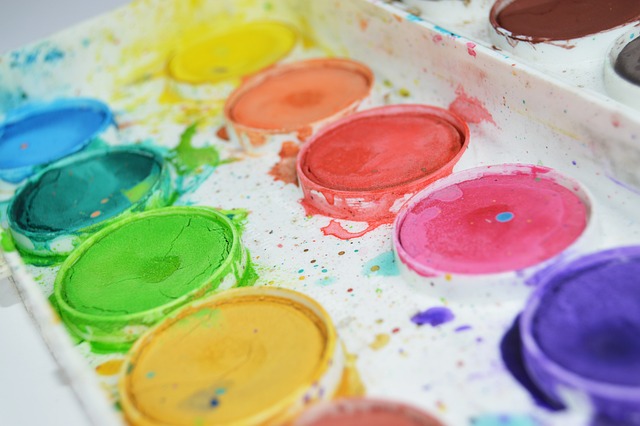
Can I use multiple accent colors in one room?
Yes, you can definitely use multiple accent colors in one room. It adds depth and visual interest. Just make sure the colors complement each other and don’t clash. Play around with different combinations to find what works best for you.
Are there any specific rules for using accent colors in different types of rooms?
There are no specific rules for using accent colors in different types of rooms. It all depends on your personal style and preferences. Feel free to experiment and be creative with your choices to add a pop of personality.
How can I incorporate accent colors into a minimalist design style?
To incorporate accent colors into a minimalist design style, choose one or two bold colors to use sparingly throughout the space. Use them in small details like pillows, artwork, or a statement piece of furniture.
What are some creative DIY projects for adding accent colors to my space?
To add accent colors to your space, try these DIY projects: paint the inside of bookshelves, create a colorful gallery wall with frames or canvases, make colorful throw pillows or curtains, and repaint furniture in bold hues.

Conclusion
So there you have it! Now that you understand the power of accent colors, it’s time to bring some personality into your rooms.
By choosing the right color palette, accentuating key features, and defining different zones, you can transform your space into a truly unique and vibrant place.
Don’t be afraid to play with bold and subtle accent colors, and explore different design styles to find what suits you best.
And with DIY projects and ideas, the possibilities are endless.

So go ahead, add a pop of personality with accent colors and make your space truly shine!
